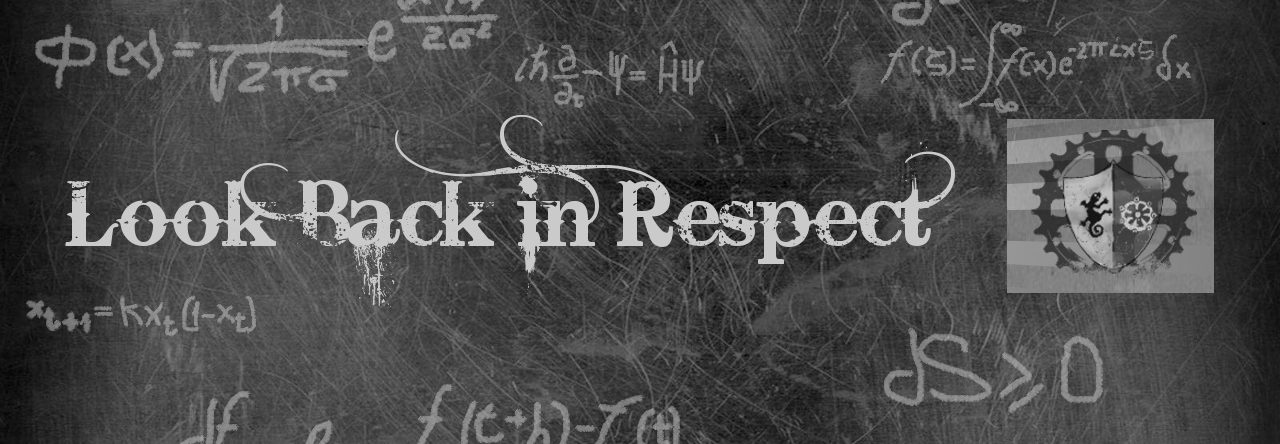This is a summary of the fifth chapter, “The inside Story” of Mr. Tim Harford’s economic classic “The undercover economist”.
David Bodanis, author of Electric Universe describes this book: “Reading [it] is like spending an ordinary day wearing x-ray goggles”. I’m reading from the 2006 paperback edition.
Asymmetric information: In economics theory, it deals with the study of decisions in transactions where one party has more or better information than the other. The consequence – when one negotiator knows too much and the other too little – is that the agreement becomes impossible.
A classic paper on adverse selection is George Akerlof‘s “The Market for Lemons“.
This problem is troublesome for e.g. second-hand cars, accommodations or restaurants but also for more important goods as health insurance: an insurance policy depends on mutual ignorance.
Akerlof won the Nobel Prize in 2001 for his work and shared it with two people who proposed partial solutions.
The first, Michael Spence, argued that the side with the information might be able to communicate it in a way that the side without the information could trust.
For example, a used car seller – instead of just saying “all my cars are perfect, not lemons” as talk is cheap – would be buying an expensive car showroom, an investment affordable only by someone who plans to stick around for the long-term. Over the years, the sales would pay for the showroom. A lemon-seller couldn’t operate like it: he would sell a few overhyped lemons and then have to move to another place. For the same reasons, banks in the past (before government oversight, at least outside USA 🙂 ) have been used to build such impressive buildings.
And for the same reason, you pay more at an established shop than at a market stall if you buy a product about which you have no information. And it explains expensive advertising campaign with no informational content at all.
The second person, Joe Stiglitz, explored ways in which the side without the information might uncover it. For example, a health insurer could offer policies with lower premium (making it cheaper) but higher excess (the amount by which any claim is reduced), so attracting low-risk customers automatically and revealing the customers’ inside information.
Similarly Starbucks is offering frills like flavoured syrup to persuade customers to reveal whether or not they are price conscious.
At last, Tim Harford, is presenting a study case where an asymmetric information problem has been tackled: the healthcare system in Singapore.
It works like this: everyone has to put every year some money, let’s say 1000$, in a savings account, simply taken from the tax bill (given from the government for the people who earn too little). Since it’s compulsory there is no adverse selection in place. When you retire, you can partly use the money on the accounts to increase your pension; when you die, you can leave it to your heirs.
And then, every year you can use the money for your health bills. When you’re young you can expect to need less and let them earn interest. You can decide autonomously how to use the money, maybe in preventive maintenance, maybe only for urgent cases. In case of different therapies, it’s your choices to decide which one to go for and if the cost are a criteria. This will solve the moral hazard issue (=if you always compensate people when bad things happen to them, they may get careless”).
